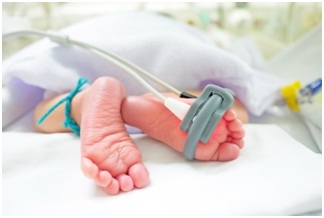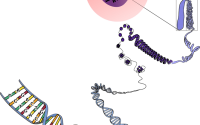Medical Device Recalls on the Rise: Here Are Some of the Biggest From 2016
We all know that medical devices save lives by the millions every year, and make life easier for countless people.
However,unfortunately, issues do arise with products on occasions. While this isn’t surprising, given that, according to Select USA there are more than 6,500 different medical device companies in the United States alone, faulty products can lead to many disastrous consequences including permanent injury and even death.

Recently it seems like there have been more recalls for medical devices than ever. In fact, according to a 2016 third-quarter report from the Stericycle ExpertSolutions Recall Index, medical device recalls hit a high in that quarter, and the number of recalls was the highest observed since 2000. Read on for the lowdown on some of the largest recalls from 2016 you need to know about.
Cook Medical: Catheter Sets and Trays
In early January 2016, Cook Medical announced the recall of its Single Lumen Central Venous Catheter Sets & Trays; Single Lumen Pressure Monitoring Sets & Trays; Femoral Artery Pressure Monitoring Catheter Sets & Trays; and Radial Artery Pressure Monitoring Catheter Sets and Trays.
The recalled products (of which there were more than 12,500) were manufactured and distributed between April and October in 2015. The FDA identified the recall as a Class I recall, which is the most serious type and means that the devices had the potential to cause significant injury and even death.
The recalled catheter sets and trays were medical devices used to monitor pressure in a patient’s vein or artery, to administer fluids or drugs, or to sample blood. As a result, all patient groups who were undergoing related procedures that involved these types of catheters were at risk and could have been affected.
The reason behind the recall of the products was that the tips of the catheters were found to sometimes split or separate away, because of a manufacturing error. If this issue occurred, the tip could end up entering the patient’s bloodstream and would require medical intervention to retrieve the tip, as well as potentially causing serious injury or death. In addition, the splitting or separation of the tip could have caused the device to stop working.
Just a few months later, Cook Medical had another major catheter recall. The firm voluntarily recalled all of its catheters which had Beacon Tip technology (this was millions of units globally), because of more complaints about the tips splitting or fracturing during procedures. It was said that the nylon catheter tips seemed susceptible to polymer degradation and that the environment of the storage room where the catheters were kept could have been a factor.
HeartWare: Batteries Used in Ventricular Assist Device
Just one day after the Cook Medical recall was announced in January 2016, HeartWare Inc. gave a notice of their own. The company issued a recall of the batteries used in the HeartWare Ventricular Assist Device (HVAD), specifically with the model number 1650.

The faulty products were manufactured and distributed between May and July in 2015, and more than 18,600 units were recalled nationwide. Like the Cook Medical recall, this one was also a Class I, as the use of the faulty HVAD could have caused serious injury or death.
The device in question was designed by HeartWare to help deliver blood from the heart to the rest of the body. The HVAD is used in patients who are waiting for a heart transplant and at risk of death from end-stage left ventricular heart failure. The device has a pump that is implanted in the pericardium, plus a controller that’s used to vary the function and speed of the pump.
In the faulty devices manufactured by HeartWare, the batteries were found to sometimes lose power prematurely. This was believed to be due to faulty cells. The problem with the batteries failing was that if the HVAD system wasn’t connected to an additional power source shortly after a system alarm sounded to indicate a low battery level, the pump would stop working. If this occurred, patients could suffer serious adverse health consequences or die.
Those affected by the recall included the patients who were receiving cardiac support via the HVAD systems with defective batteries, as well as all the healthcare providers and caregivers who were monitoring people with a faulty HVAD system.
This is just a sample of some of the many medical devices which were found to be faulty, and then recalled, in 2016. If your patients are affected by a faulty device and want to put in a legal claim for compensation, you can recommend they hire a specialist, such as this San Antonio personal injury lawyer, to get advice.


